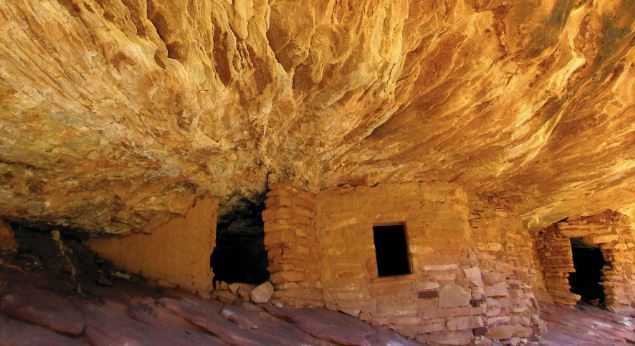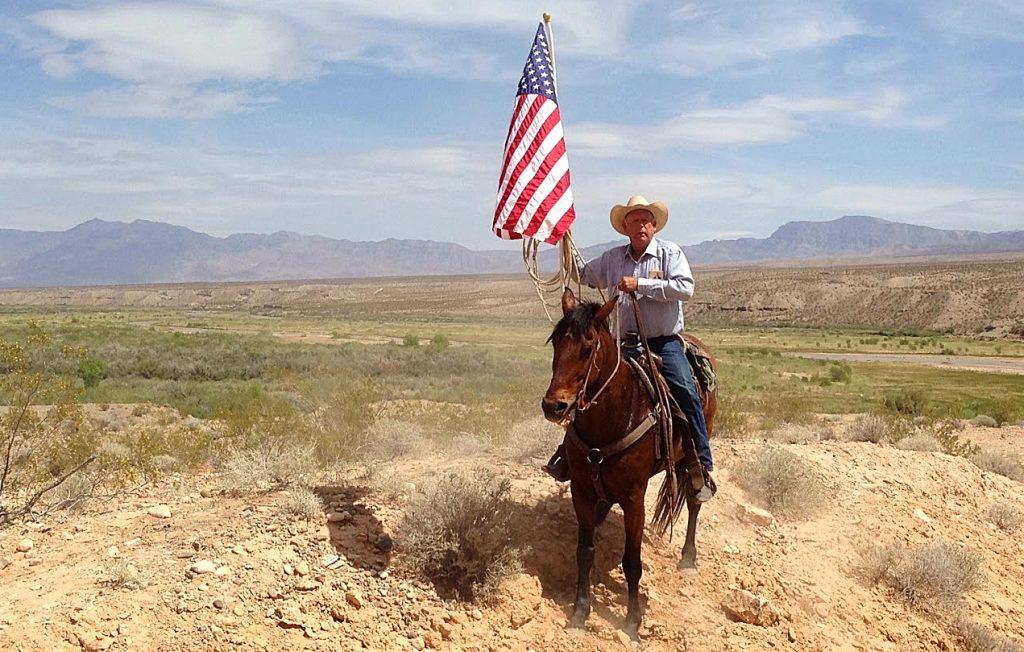Bears Ears: Will tourism be placed over preservation?
“At the Effigy National Monument, it seems like tourism took precedence over preservation. Can we expect the same should the Bears Ears region be designated a national monument? The people of San Juan County, who aren’t willing to gamble with the answer to that question, have loudly voiced their opposition to the proposed monument.”
For years the National Park Service has struggled to determine what its priorities are. Recreation, preservation and conservation seem to be in a constant three-way tug-of-war vying for the Park Service’s attention. While fairly innocuous on the surface, this struggle often threatens the very resources the federal agency is working to protect.
Let’s take Iowa’s Effigy Mounds National Monument, for example. The monument, originally created to preserve more than 200 prehistoric mounds built by and sacred to 20 different Native American tribes, was carelessly desecrated by Park Service employees. At least 78 projects, including boardwalks, bridges, trails and maintenance sheds, were built adjacent to and on top of the mounds – destroying priceless cultural resources. The NPS has disclosed in a published report that officials “clearly knew what they were doing was against the law.” There were no attempts to secure clearances or conduct impact surveys beforehand, so the total amount of damage is unknown. It appears that park service employees placed tourism over preservation, despite the park’s original mission to protect cultural resources.
Until the Park Service can implement processes aimed at mitigating personal preferences and prioritizing competing interests for the long term management of our public lands, it shouldn’t take on more responsibility – including managing the proposed 1.9 million-acre Bears Ears national monument. The monument advocates’ primary argument in support of the Bears Ears designation is that the Park Service will protect ancient ruins, sacred sites and other cultural resources. They make it sound as though the area were on the verge of destruction and that only federal management could save it from looting and desecration. What they fail to recognize however, is that San Juan County residents have been looking after this sacred area for many generations – making the protection of cultural resources in the region paramount.
At the Effigy National Monument, it seems like tourism took precedence over preservation. Can we expect the same should the Bears Ears region be designated a national monument? The people of San Juan County, who aren’t willing to gamble with the answer to that question, have loudly voiced their opposition to the proposed monument.
By Miriam Merrill

*Free Range Report*



